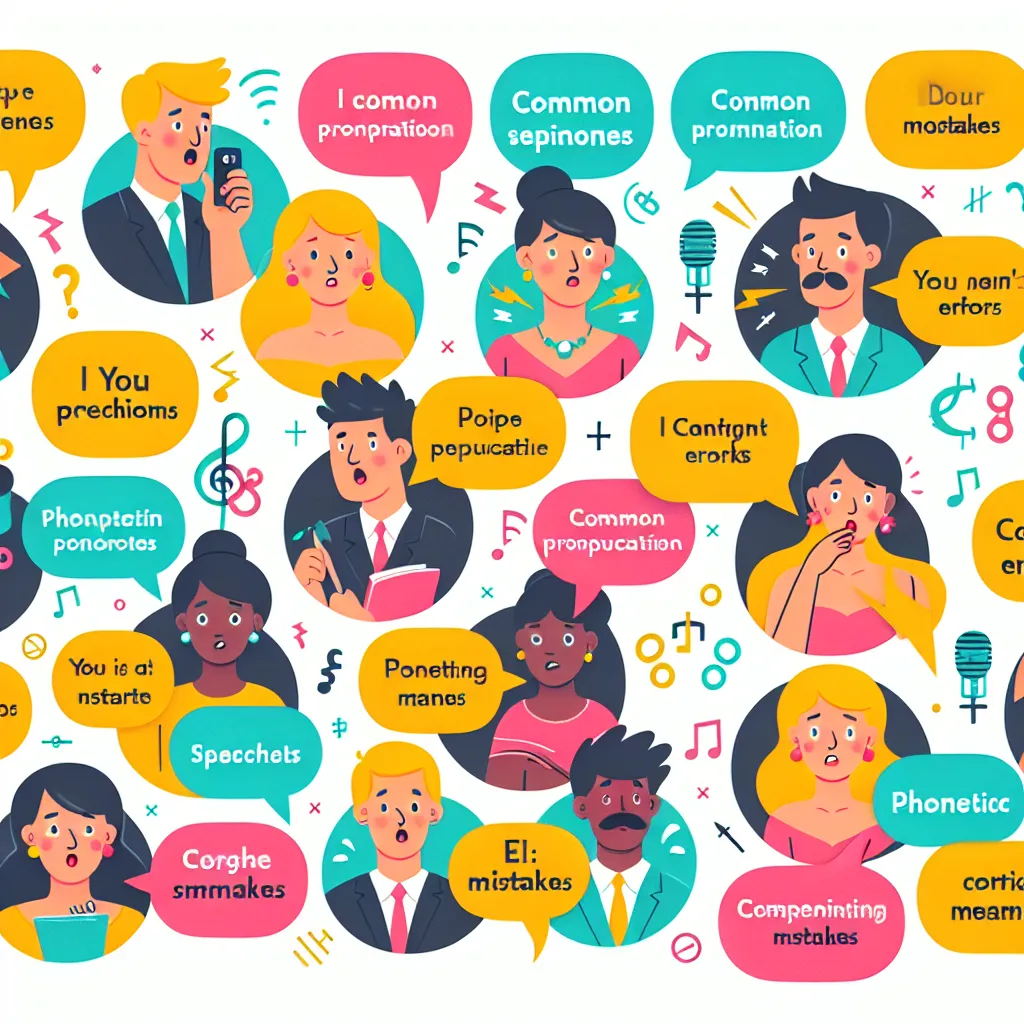Storytelling is a powerful tool for improving English pronunciation. It combines the art of narrative with language practice, making the learning process both engaging and effective. In this comprehensive guide, we’ll explore how storytelling can enhance your pronunciation skills and provide practical tips for implementation.
Why Storytelling for Pronunciation Improvement?
Storytelling offers a unique approach to pronunciation practice. It allows learners to:
- Engage with language in context
- Practice intonation and stress patterns naturally
- Develop fluency alongside accuracy
- Memorize pronunciation patterns through repetition and emotional connection
 Storytelling for pronunciation improvement
Storytelling for pronunciation improvement
The Science Behind Storytelling and Pronunciation
Research has shown that storytelling activates multiple areas of the brain, including those responsible for language processing and memory. This multi-sensory engagement enhances retention and recall of pronunciation patterns.
A study published in the Journal of Language Teaching and Research found that students who practiced pronunciation through storytelling showed significant improvement in both segmental and suprasegmental features of speech compared to those who used traditional drill methods.
How to Use Storytelling for Pronunciation Practice
1. Choose Appropriate Stories
Select stories that:
- Contain target sounds you want to practice
- Are at your current language level or slightly above
- Interest you personally
For example, if you’re working on the /θ/ sound (as in “think”), choose stories with words like “three,” “through,” and “breath.”
2. Read Aloud and Record Yourself
- Start by reading the story aloud
- Record your narration
- Listen back and identify areas for improvement
This process helps you become aware of your pronunciation patterns and track progress over time.
3. Shadow Native Speakers
- Find audio versions of your chosen stories narrated by native speakers
- Listen carefully to their pronunciation, intonation, and rhythm
- Try to mimic their speech patterns while reading along
Websites like StoryNory offer free audio stories perfect for this purpose.
4. Focus on Prosody
Prosody refers to the melody and rhythm of speech. Pay attention to:
- Stress patterns in words and sentences
- Intonation (rising and falling pitch)
- Pausing and phrasing
Practice emphasizing important words and using appropriate intonation to convey meaning.
5. Create Your Own Stories
Once you’re comfortable with existing stories, try creating your own:
- Incorporate challenging sounds or words
- Use idioms and expressions you want to master
- Tell personal anecdotes to make the practice more relevant
This approach combines creativity with targeted pronunciation practice.
Common Pronunciation Mistakes and How to Avoid Them
When using storytelling for pronunciation improvement, be aware of these common pitfalls:
- Overemphasis on individual sounds at the expense of natural flow
- Neglecting connected speech patterns (e.g., linking, elision)
- Monotonous delivery without proper intonation
- Inconsistent stress patterns
To avoid these mistakes:
- Focus on the overall rhythm and flow of the story
- Practice connected speech by reading phrases rather than individual words
- Exaggerate intonation patterns initially to internalize them
- Mark stress in written texts to guide your pronunciation
 Common pronunciation mistakes in storytelling
Common pronunciation mistakes in storytelling
The Phonemic Chart and Challenging Words
Understanding the International Phonetic Alphabet (IPA) can greatly enhance your storytelling-based pronunciation practice. Here’s a simplified version of the English Phonemic Chart:
[Insert simplified phonemic chart here]
10 Commonly Mispronounced Words in English Storytelling:
- “Throughout” – /θruːˈaʊt/ (not /θruːˈɒt/)
- “Choir” – /ˈkwaɪər/ (not /ˈtʃɔɪər/)
- “Epitome” – /ɪˈpɪtəmi/ (not /ˈɛpɪtoʊm/)
- “Miscellaneous” – /ˌmɪsəˈleɪniəs/ (not /mɪsˈseləniəs/)
- “Façade” – /fəˈsɑːd/ (not /ˈfeɪkeɪd/)
- “Rhythm” – /ˈrɪðəm/ (not /ˈrɪθəm/)
- “Albeit” – /ɔːlˈbiːɪt/ (not /ˈɔːlbaɪt/)
- “Niche” – /niːʃ/ or /nɪtʃ/ (not /nɪk/)
- “Larvae” – /ˈlɑːrviː/ (not /ˈlɑːrvə/)
- “Quay” – /kiː/ (not /kweɪ/)
Practice these words in context by incorporating them into your storytelling exercises.
Conclusion
Improving pronunciation through storytelling is a holistic approach that combines the benefits of context, repetition, and engagement. By choosing appropriate stories, focusing on both individual sounds and overall prosody, and consistently practicing with awareness, you can significantly enhance your English pronunciation skills.
Remember, the key to success is regular practice and patience. As you continue to tell and retell stories, you’ll find your pronunciation naturally improving, leading to more confident and effective communication in English.
For more tips on enhancing your English skills through storytelling, check out our article on how to practice English by engaging in storytelling activities. You might also be interested in learning about how to improve English through storytelling for a broader perspective on language acquisition through narrative techniques.
We encourage you to share your experiences with storytelling and pronunciation in the comments below. What stories have helped you improve your pronunciation? Do you have any additional tips to share with fellow learners?




